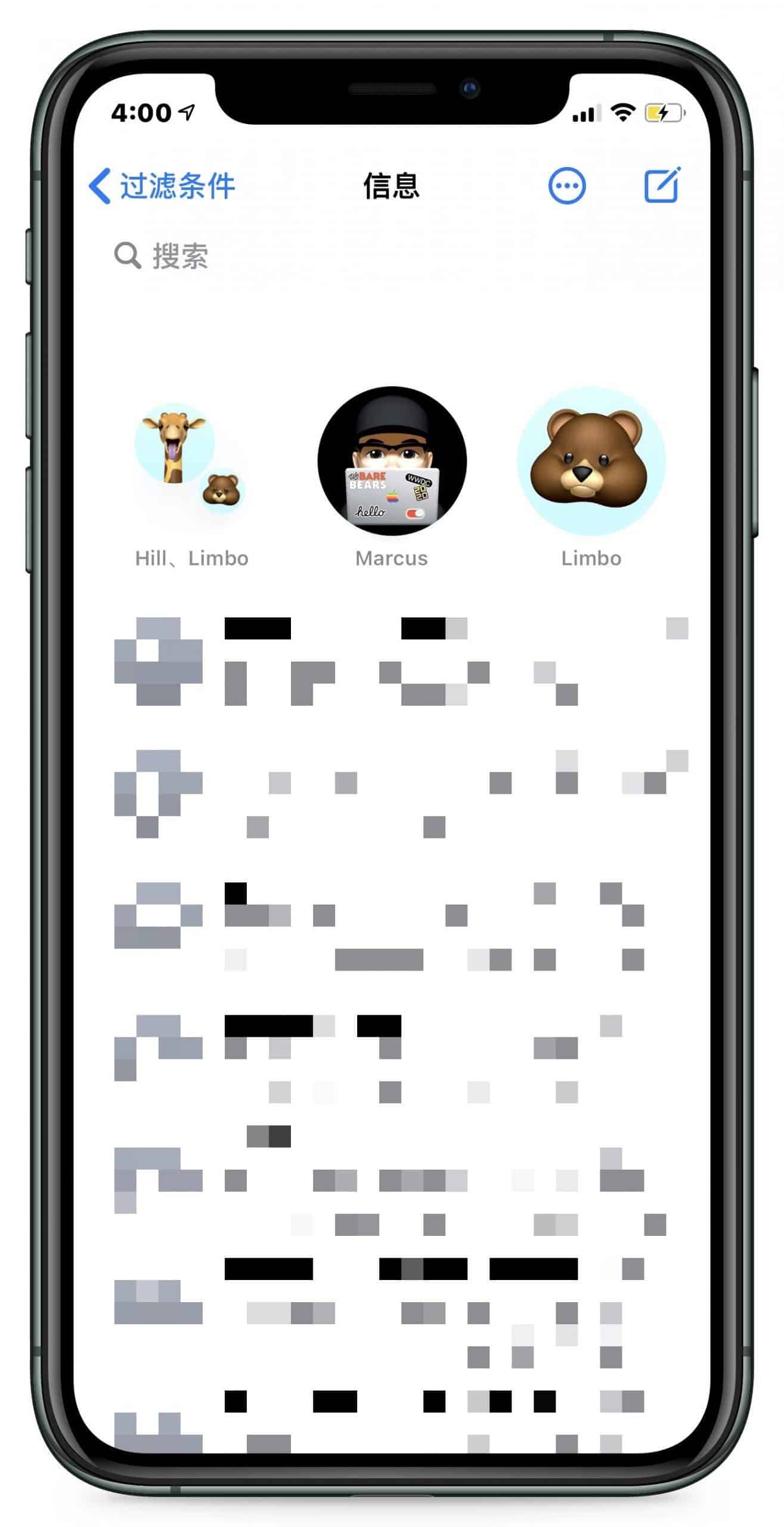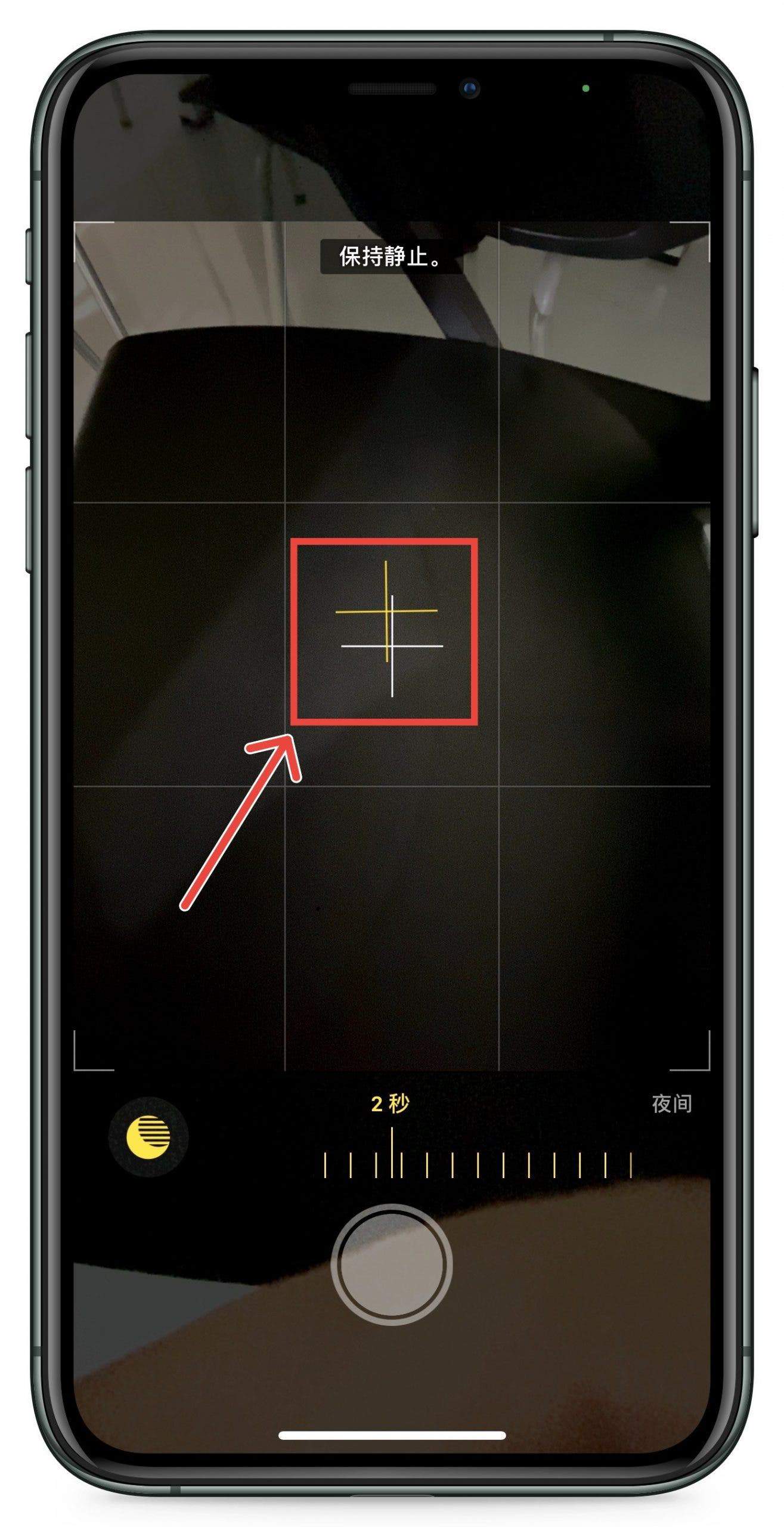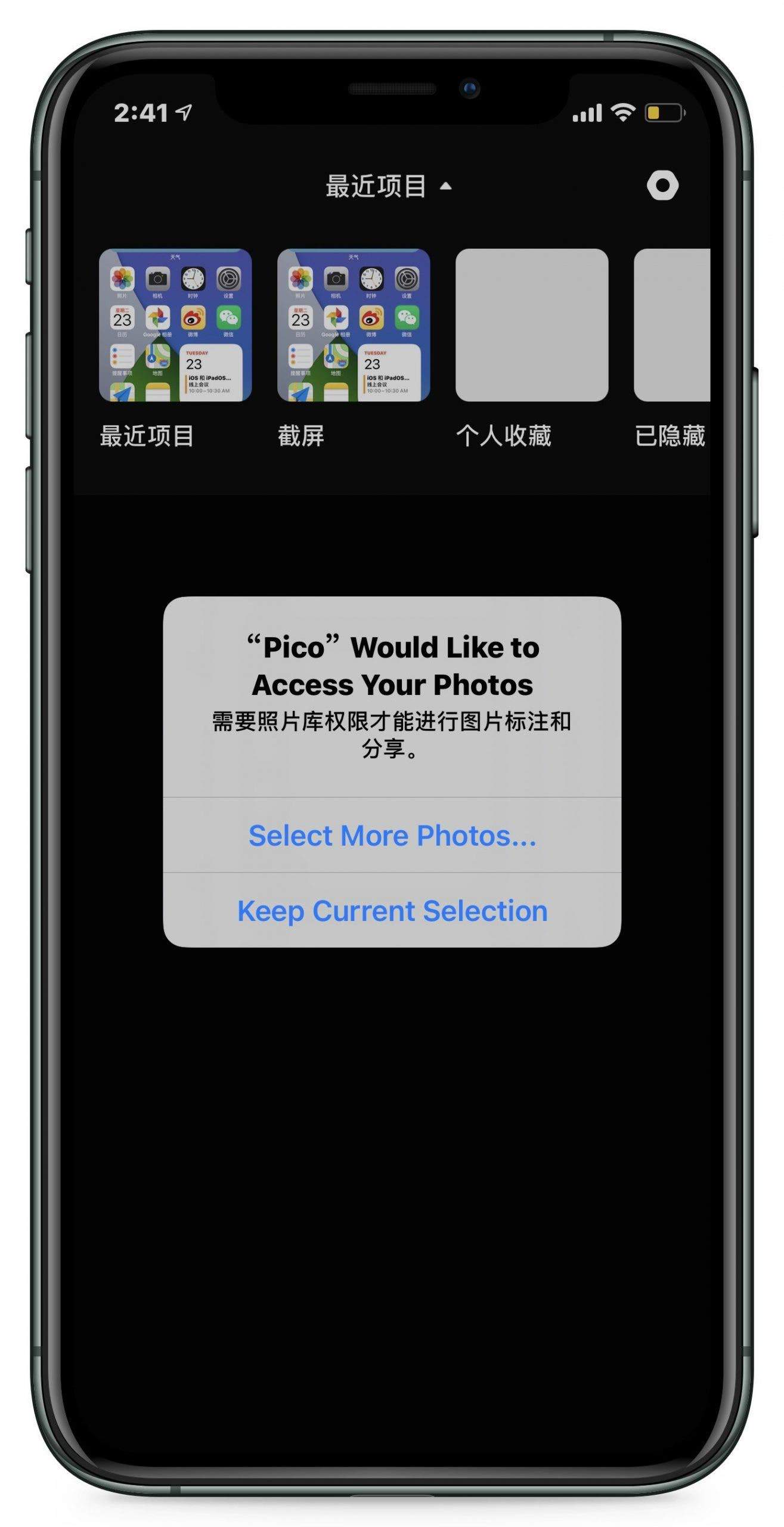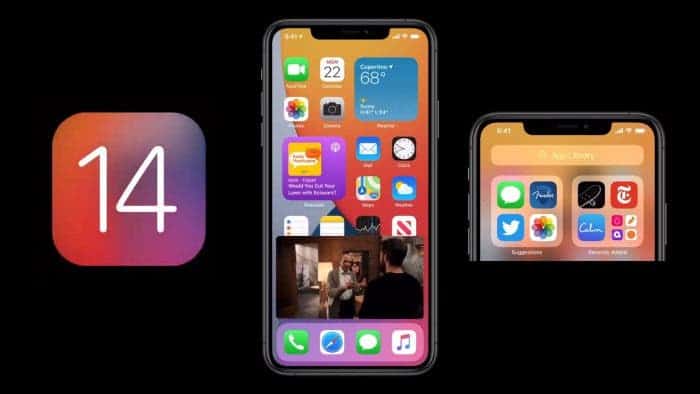At WWDC 2020, Apple iOS 14 has been released. It brings many new features, such as a new home screen, a call with a compact UI design and Siri interface, AirPods that can automatically switch between devices intelligently, faster and more comprehensive Safari, new App Clips applet, etc.
Also read: Top 10 iOS 14 Features That You Need To Try Out
Although these new features are tempting, the official version for ordinary users will not arrive until the fall. Apple just released the first developer test version. It is inevitable that there are some vulnerabilities that affect the experience. Say, the device gets hotter after the update; it takes up too much storage space; the map application navigation doesn’t load; some applications have flashback phenomenon.
Therefore, the first developer beta does not recommend everyone to try it out.

Home screen
Since the birth of iOS, the application grid layout of the home screen has not undergone major changes. For users, this year, round UI is conducive to reducing learning costs. But it is also prone to aesthetic fatigue.
So iOS 14 brings a brand new home screen UI design, adding ‘widgets’ to the traditional application grid layout.

Although the widget has existed in the ‘day one’ view on the negative screen as early as the previous versions, iOS 14 has upgraded the entire widget function. Now, it not only adopts a new design, which supports drag and drop to the home screen, but also different widgets also support different sizes, moreover, various widgets even support ‘folding”’.

In addition, iOS 14 has also added a brand new ‘smart folding’ component. You can choose different components by sliding up and down. Also, the system will analyze your usage habits.

In addition to widgets, the changes to the main screen of iOS 14 include the addition of a new ‘App Library’ list. All apps on your device will get their own category automatically according to the type. The ‘Recommendations’ and ‘Recently Added’ will be at the top.

Each folder in the ‘App Resource Library’ adopts the ‘three big and one small’ layout. You can click on the three big icons to directly open an application. Click the small icon in the lower right corner to enter the folder to view more application.

The main screen of iOS 14 now supports hiding pages. After entering the main screen editing page, click the icon at the bottom to hide/display different main screen pages.

In addition, iOS 14 also added a ‘picture-in-picture’ function. The video played in the background can directly appear in the form of a small window on the main screen or other applications, improving the efficiency of multitasking. Apart from Apple’s own apps, this feature supports third-party apps as well.

Siri and incoming call reminders also adopt a more compact design. Outgoing Siri and incoming call reminders no longer occupy the entire screen. Now outgoing Siri will display a ‘round ball’ at the bottom of the screen. And the responses received are only displayed at the top. Call reminder will only remind you in the form of a banner at the top. And more call functions will appear when answering or directly pulling down the banner.
Native applications
Several of Apple’s official apps have also been upgraded in iOS 14/iPadOS 14, including maps, Safari, translations, information, cameras, weather, home, etc.
Map: The upgrade focus of the map application in iOS 14 includes two aspects, namely, a more convenient location recommendation and a more environmentally friendly travel experience. The former will include a brand-new ‘guide’ function. Apple will cooperate with different brands around the world to provide comprehensive location recommendations in the map application. Users can obtain different restaurants, attractions, shopping malls and other locations through the guide. The ‘Guide’ function will be the first to be launched in San Francisco, New York, London, Los Angeles and other cities in the future, and will be extended to more cities around the world.

In order to promote a lower-carbon travel method, the iOS 14 map application optimizes the riding and electric car travel experience. After choosing to ride in five cities: New York, Los Angeles, San Francisco Bay Area, Shanghai, and Beijing, users can check the elevation difference of the route. Thus, they can check whether they pass through congested sections, whether they need to climb stairs, and get automatic reminders when they pass a steep slope.


For the increasingly popular electric cars, the map application also adds support for electric car travel route planning, such as listing maps or charging stations in the itinerary. Apart from this, users should get information concerning the remaining power of the vehicle and energy consumption.
Safari: The webpage translation function was added during the biggest upgrade of Safari in iOS 14. Just click the translation icon in the address bar to translate the entire webpage into other languages. The currently supported languages are English, Spanish, Chinese, French, German, Russian, and Brazilian Portuguese. However, the translation function built into Safari is currently not available globally. Only users in the United States and Canada are the first to get it. It may be extended to other countries and regions in the future.
Translation: Although Safari’s translation function is not yet available globally, if you have a need for translation, you might try this new ‘translation’ app that comes with iOS 14.

In the past, when translating through the native iOS application, it often needed to be done through Siri. But this situation is only suitable for the translation of some phrases. And it is often not competent for a better and complete dialogue translation. Apple believes that ‘the dialogue between multiple languages should be natural and able to maintain privacy’. As a result, it developed the new ‘translation’ application.
With the aid of machine learning technology and neural network engine technology on the device side, the translation application supports the translation of text and speech between eleven languages. They include English, Mandarin Chinese, Japanese, Korean, Spanish, German, French, Italian, Russian, Portuguese (Brazil), and Arabic. You can also download translation packages in different languages in advance. So you can translate at any time even when offline.

Switching the device to landscape mode can also open the ‘conversation mode’. So people with different languages can more easily understand which area of the screen to follow in the conversation.
Information: The information application also got new features in iOS 14/iPadOS 14. Now you can put up to nine chat boxes on the conversation list. You can also ‘mention (@)’ others in multi-person group conversations, etc.

Camera: Although not mentioned at the press conference, the camera has also received several good upgrades in iOS 14. For example, the photo continuous shooting speed is now faster. So, in a certain period of time, you can take more photos. The iPhone XS series and iPhone XR also received QuickTake fast recording function; in the iPhone 11 series, when taking night photos, a level will appear in the center of the screen to help you maintain balance during shooting; exposure compensation and focus can be locked separately; the front camera supports automatic mirroring and so on.

Family: In the control center of iOS 14, there is a more detailed home control module. And the top of the home application has also added visual indoor conditions, such as indoor temperature, door lock status, etc. In addition, when you add a smart home device for the first time, the suggested automated settings will pop up allowing you to complete the settings.

Functions not mentioned during the conference
Privacy: iOS 14 has also upgraded the privacy protection function. Now, when an application calls the camera or microphone of the device, a blue/yellow dot will appear at the top of the status bar. And the control center will also remind you which application has called the camera/ microphone.

The user will also get reminders of the clipboard. Once an application reads the contents of the clipboard, a banner will pop up at the top of the screen to remind.
Photo authorization can now only authorize reading specific albums, instead of sharing the entire photo gallery with apps or developers.

Emoji: Now, it supports text search. So, you can quickly find the Emoji you want to use.
Accessibility: A new ‘tap back’ function is added to the accessibility function. Tap two or three times on the back of the iPhone to complete specific operations, such as volume down, screenshot, mute, lock screen, call Siri, etc. (But this function has a high false touch rate.)
Wubi input method: iOS 14 adds support for Chinese Wubi input method.
Subscription service supports family sharing: iOS 14 will allow users to subscribe to share among family members.
Default application: iOS 14 supports changing the default browser and mail application. But it not yet available in the first developer beta.





